The World Where We Live: China
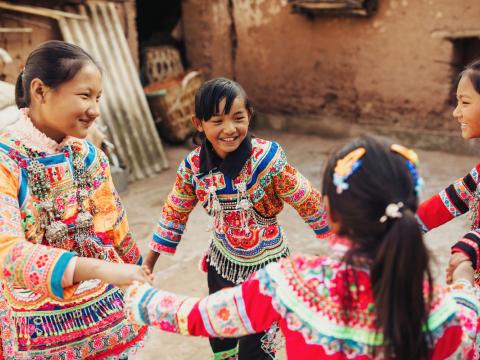
Covering 9.6 million square kilometres and bordering 14 neighbours, this is the world’s third-largest country. It hosts scenic mountains, deep gorges, dusty deserts and sprawling cities, as well as the longest human-built structure on Earth – fortifications that stretch for more than 4,000 kilometres! With more than 1.4 billion people calling it home, it is also the world’s second-most populous country. Welcome to China!

China is home to 56 official ethnic groups. The largest group is the Han, which makes up 92% of the population. Other groups include the Manchu, Mongols, Hui and Tibetans, which all have their own rich histories, traditions and costumes. The Lisu people of Yunnan province in China’s southwest (pictured), pass on their history through songs. Some of these songs are so long, singing them takes all night!

Meaning “beautiful writing”, calligraphy has been practised as an artform in China for almost 2,000 years and is held is the highest regard. While many languages are spoken in China, all share the same written form – so calligraphy helps to unite the country and allow people who speak vastly different languages to communicate.
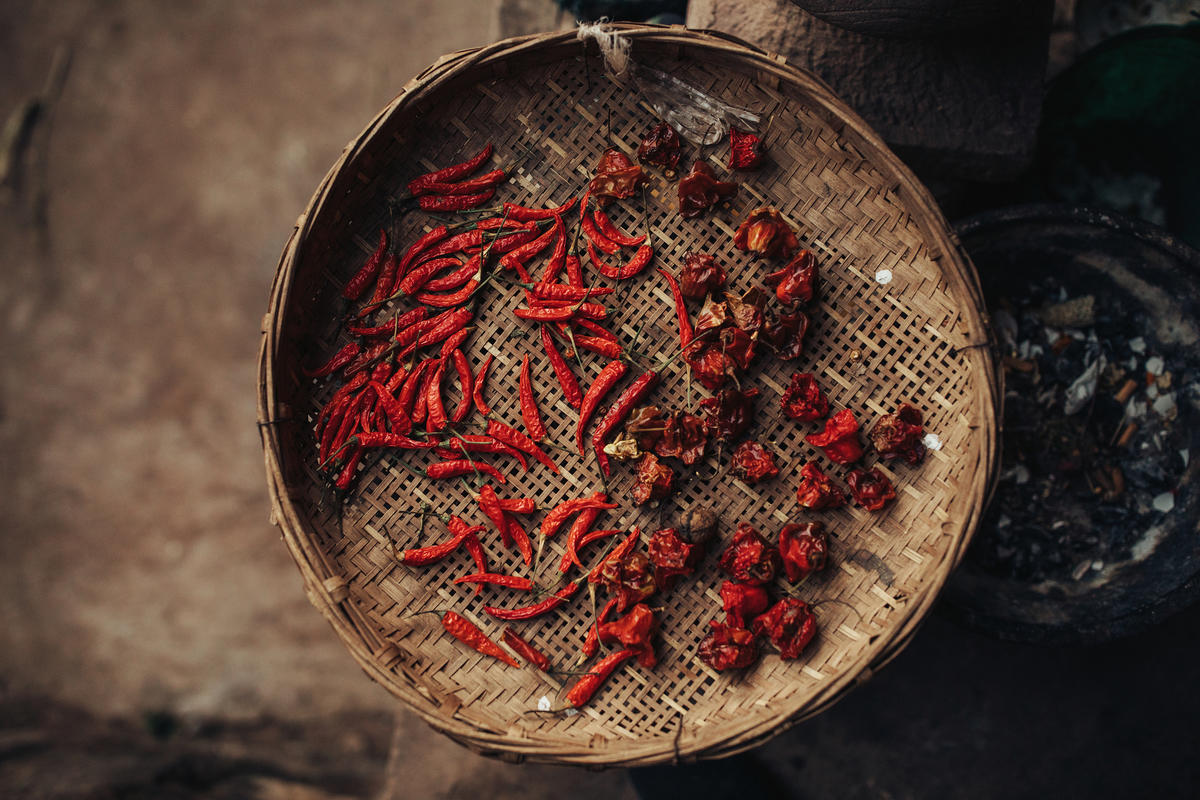
China has had a love affair with the chilli for more than 500 years, after it was introduced from the Americas by Spanish and Portuguese sailors in the 1500s. Locally grown varieties have names like “chicken heart” and “goat horn”, and are eaten fresh, dried and pickled. The regional provinces of Sichuan and Chongqing are famed for their hot and spicy cuisines.

Basketball is one of the most popular sports in China and the largest spectator sport. In 2019, China even hosted the FIBA Basketball World Cup. Other popular sports include table tennis, volleyball, traditional dragon boat racing and martial arts.
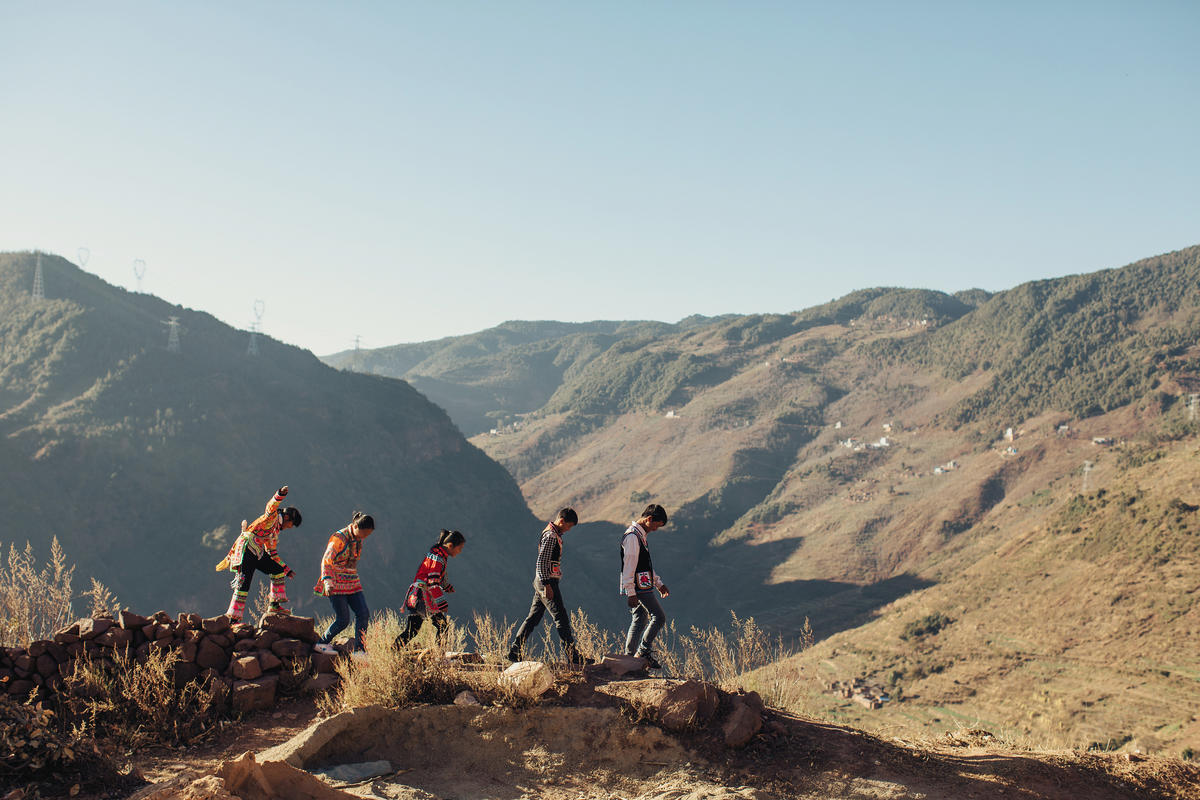
Because of its vast size, China’s climate varies markedly in different regions. In the south, the climate is tropical, while the mountains of the southwest and north experience cold winters and can face high winds. The central and eastern regions are milder with hot, humid summers. The Turpan Basin in the far northwest has the greatest temperature extremes in the country – with summers topping 40ºC and winters plunging to –10ºC!

Even though China is the second-most populous nation on Earth, there are vast swathes of untamed landscapes to discover. You can walk the watchtowers of the Great Wall, trace the path of the mighty Yangtze River or wend your way through the rice terraces in Guangxi, known colloquially as the “dragon’s backbone”.
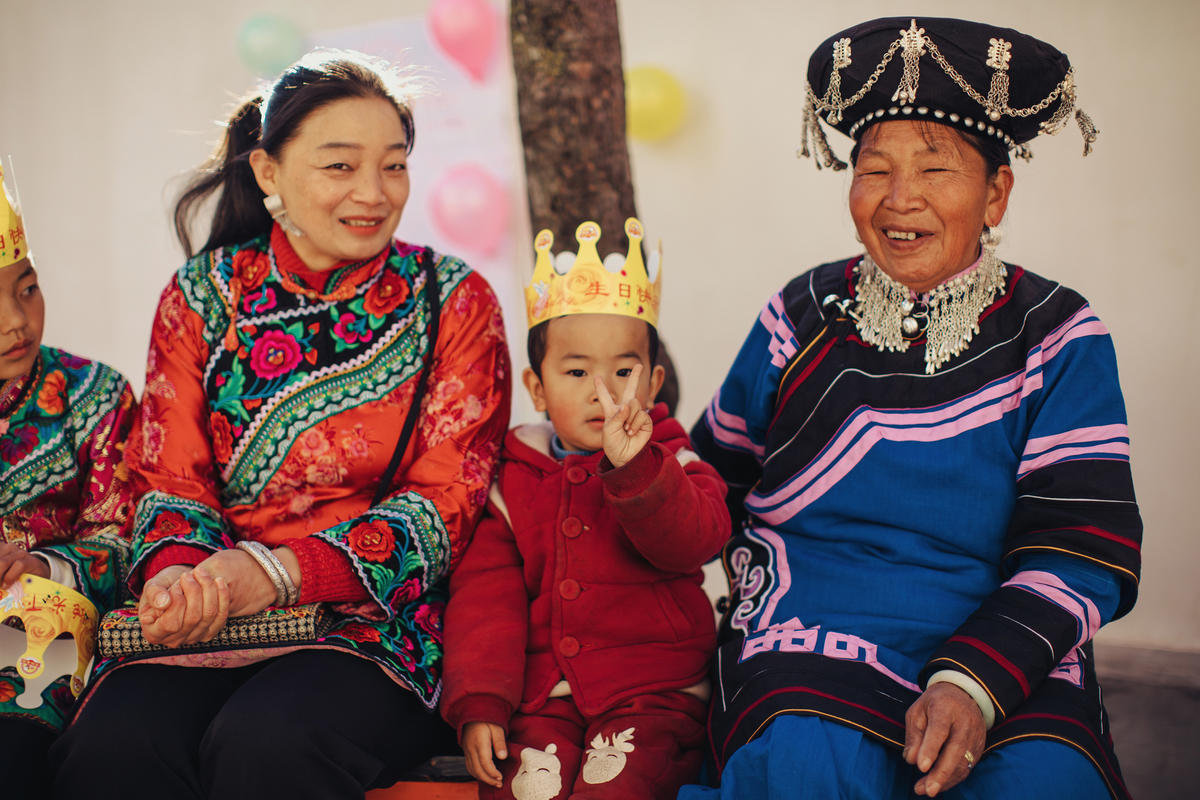
In Chinese culture, family is everything. Traditionally, three generations all lived together in the one household, and children would stay at home until they were married. Today, Chinese families are still large, close-knit affairs. Important holidays include the Ghost Festival and Tomb-Sweeping Day, during which people honour their ancestors.

Nearly two-thirds of the population live in the countryside, so farming is big business. With only 10% of the country suitable for crops, many crops, such as rice, are grown up the hillsides in terraces. Rice is China’s most important crop, but farmers also grow soybeans, tea, cotton, millet, and vegetables like corn and cabbages.

Food is a big deal in China – there are many regional cuisines, each with their own history and specialty dishes. However, many people still face food insecurity – it is estimated that almost 150.8 million people are malnourished, and 9.4% of children are small for their age. Child sponsors are helping parents and caregivers to boost their family’s incomes and food supplies, and learn about child nutrition and how to help their children grow healthy.
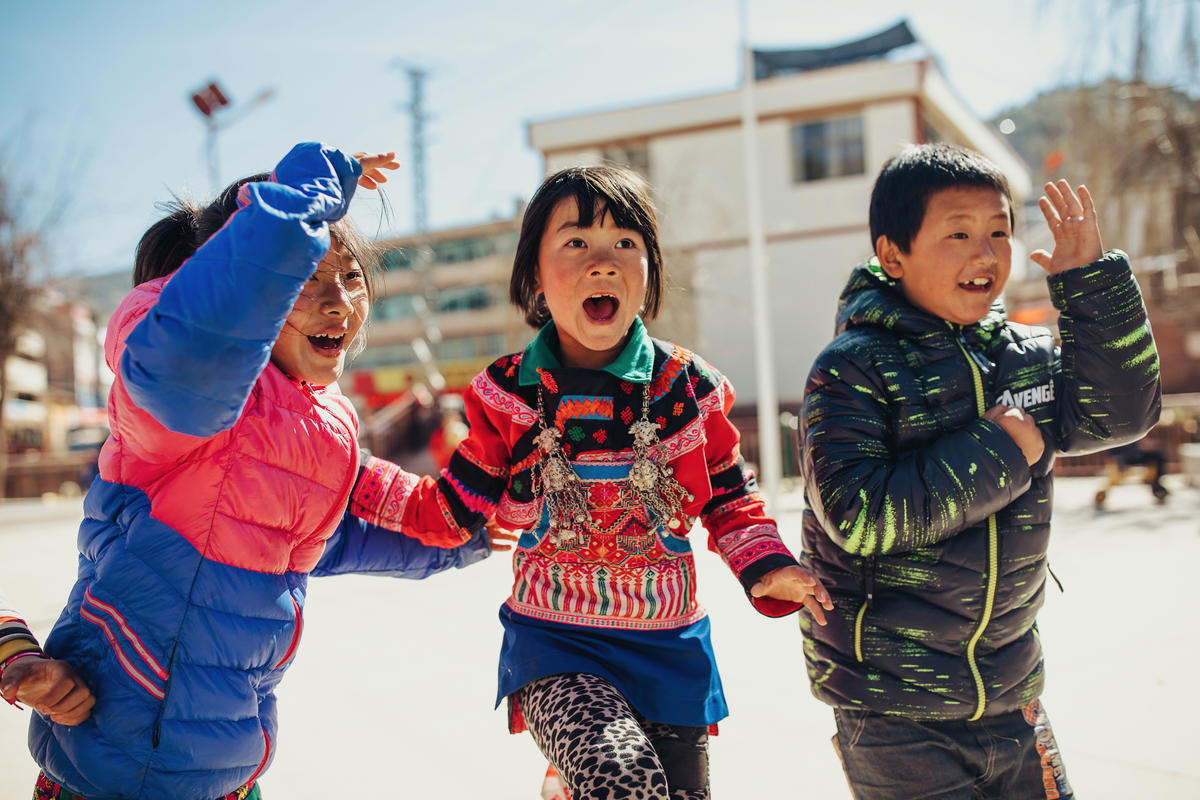
Education is an important part of growing up in China. While the state runs free schools in urban areas, schools in rural areas need to finance themselves. This means that children in the countryside can miss out on opportunities. Child sponsors are helping to improve early-childhood education for preschool-aged children, and supporting primary and secondary school students with learning resources and facilities so that no children are left behind.

There is a Chinese proverb: “If you’re planning for a year, sow rice; if you’re planning for a decade, plant trees; but if you’re planning for a lifetime, educate people.” World Vision has been partnering with children and families in China since 1993, in 91 communities, and we’re transforming not just one lifetime, but generations’. Child sponsors’ support means communities can give their children education, clean water, good nutrition and sanitation, better safety, economic security, and help when disaster strikes.
Child sponsorship – partnering with children and communities to break the cycle of poverty in over 1250 communities in this big, beautiful world.